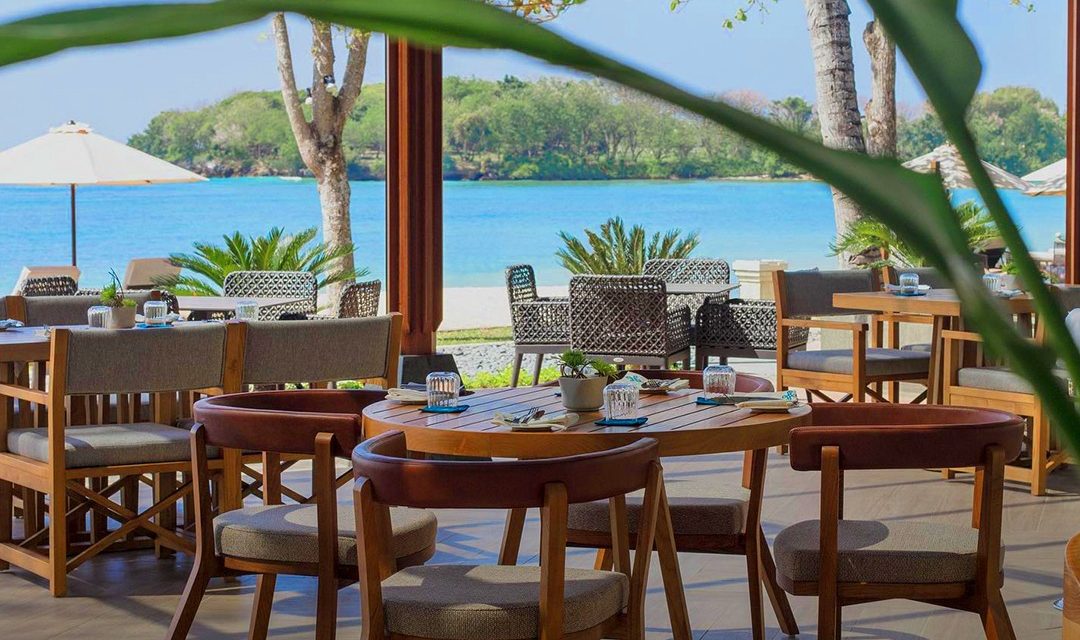Ubud is often described as the cultural heart of Bali, and for good reason. Whether you’re wandering through verdant rice terraces, exploring intricate temples, or indulging in lush art markets, Ubud promises a cultural experience that lingers in your memory long after your trip. But when is the best time to soak it all in? Let’s dive into the seasons and share some personal anecdotes that might help you plan your trip better.
Understanding Ubud’s Seasons
Before we jump into the best time to visit, it’s crucial to understand that Ubud experiences a tropical climate. There are two main seasons: the dry season (April to October) and the wet season (November to March). Each season offers its distinct advantages, so let’s explore them.
The Dry Season: April to October
During the dry season, Ubud shines brighter than a Balinese sun-kissed rice paddy. The weather is pleasantly warm, with little to no rain, making it perfect for outdoor cultural activities.
Personal Anecdote
I remember visiting Ubud in late June, just as the rice paddies were at their vibrant green peak. I stumbled upon a local festival, the ‘Omed-Omedan,’ where young couples engage in a playful tug-of-war, and the whole village bursts into laughter. It was an authentic cultural experience that I would have missed had I visited in the rainy season.
Why You Should Visit
– Vibrant Festivals: June through August hosts many traditional festivals. The Bali Arts Festival runs for a whole month, showcasing traditional dance, music, and crafts.
– Outdoor Activities: Trekking through the Campuhan Ridge Walk, visiting Tegallalang Rice Terrace, or taking a stroll through the Sacred Monkey Forest is far more enjoyable with clear skies.
The Wet Season: November to March
While the wet season brings occasional rain showers, it also offers unique experiences that many travelers overlook.
Unique Insights
I had the chance to visit Ubud during the rainy season and found it surprisingly charming. The frequent downpours turned the surroundings into a lush, green paradise. Plus, the crowds are fewer, which made for a peaceful exploration. I got to spend long hours at the Blanco Renaissance Museum, diving deep into the life and work of Indonesian maestro Antonio Blanco without the usual tourist hubbub.
Why You Should Consider It
– Fewer Crowds: If you prefer a laid-back experience, traveling during this time means less competition for space at temples like the iconic Pura Taman Saraswati.
– Cultural Authenticity: Many locals are more relaxed, offering a more genuine glimpse into daily Balinese life.
Relatable Scenarios
Imagine planning a morning visit to the Ubud Market to collect gifts for your loved ones. In the dry season, you stroll there comfortably, examining handmade baskets and unique textiles without worrying about getting drenched. However, in the wet season, you might want to set out early to dodge the rain, but the joy of a steaming bowl of Soto Ayam (chicken soup) at a nearby warung (local eatery) after your shopping makes it all worthwhile.
Embracing Local Culture
Regardless of when you visit, embracing the local culture is integral. Take a cooking class to learn how to prepare Nasi Goreng or attend a Balinese dance workshop. I, personally, found that immersing myself in these activities created a deeper connection with the locals and their traditions.
Practical Advice for Planning Your Trip
1. Check Festival Calendars: If you’re keen on experiencing local festivals, plan your trip around major events. The Galungan festival in August and Kuningan in September are captivating.
2. Bring Appropriate Gear: If you’re traveling in the wet season, pack a lightweight raincoat and waterproof shoes. Trust me; you don’t want to slip around in the mud while trying to take scenic photos.
3. Stay Flexible: Weather can be unpredictable; be ready to adjust your plans. A sunny morning could turn into a rainy afternoon—embrace the adventure!
4. Book Local Guides: Hiring a local guide can offer insights that a guidebook just can’t provide. They can share hidden gems and stories that make Ubud come alive.
Conclusion
The best time to visit Ubud for cultural experiences arguably depends on your preferences. Whether you embrace the bustling vibrance of the dry season or the tranquil charm of the wet season, each offers something unique. Trust your instincts, pack your bags, and prepare to immerse yourself in the rich tapestry of Balinese culture. When you visit Ubud, you’ll likely find pieces of yourself woven into its vibrant villages, serene landscapes, and warm community. Happy travels!






